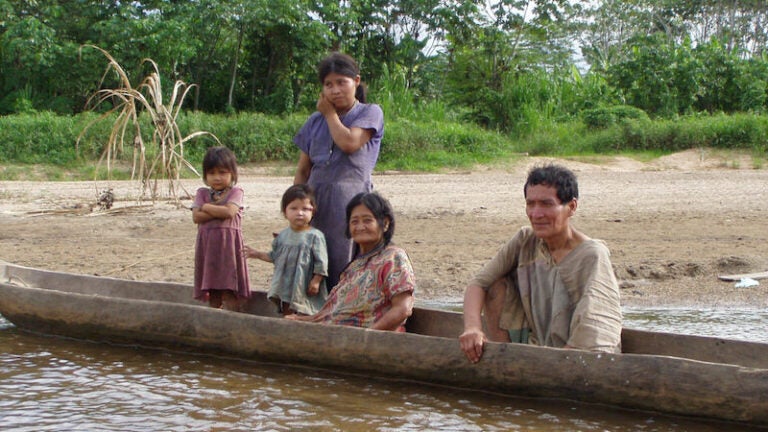
Some of the world’s lowest dementia rates are found in Amazonian indigenous groups
As scientists around the world seek solutions for Alzheimer’s disease, a new study reveals that two indigenous groups in the Bolivian Amazon have among the lowest rates of dementia in the world.
An international team of researchers found among older Tsimane and Moseten people, only about 1% suffer from dementia. In contrast, 11% of people age 65 and older living in the United States have dementia, according to the Alzheimer’s Association.
“Something about the pre-industrial subsistence lifestyle appears to protect older Tsimane and Moseten from dementia,” said study lead author Margaret Gatz, professor of psychology at the USC Dornsife College of Letters, Arts and Sciences and the USC Dornsife Center for Economic and Social Research.
Researchers used computed tomography (CT) brain scan images, cognitive and neurological assessments and culturally appropriate questionnaires — facilitated by a local team of trained translators and Bolivian physicians — to diagnose dementia and cognitive impairment among the Tsimane and Moseten.
The study, published in Alzheimer’s & Dementia: The Journal of the Alzheimer’s Association, found only five cases of dementia among 435 Tsimane people and just one case among 169 Moseten age 60 and over.
Comparing dementia rates among indigenous peoples
The roughly 17,000 Tsimane remain physically very active throughout their lifespans as they fish, hunt and farm with hand tools and gather food from the forest. The 3,000 Moseten also reside in rural villages and engage in subsistence agricultural work. Unlike the more isolated Tsimane, they live closer to towns and have schools, access to clean water and medical services, and are more likely to be literate.
The study authors compared their results to a systematic review of 15 studies of indigenous populations in Australia, North America, Guam and Brazil. That earlier review found dementia prevalence ranging from 0.5% to 20% among indigenous older adults.
The fact that indigenous populations in other parts of the world have high rates of dementia may be due to a higher amount of contact with — and adoption of lifestyles of — their non-indigenous neighbors. They also face greater risks of diabetes, hypertension, alcohol abuse, obesity and cardiovascular disease.
Researchers say in contrast to the Tsimane, lifestyle factors in higher-income countries — including lack of physical activity and diets rich in sugars and fats — contribute to heart disease and may also accelerate brain aging.